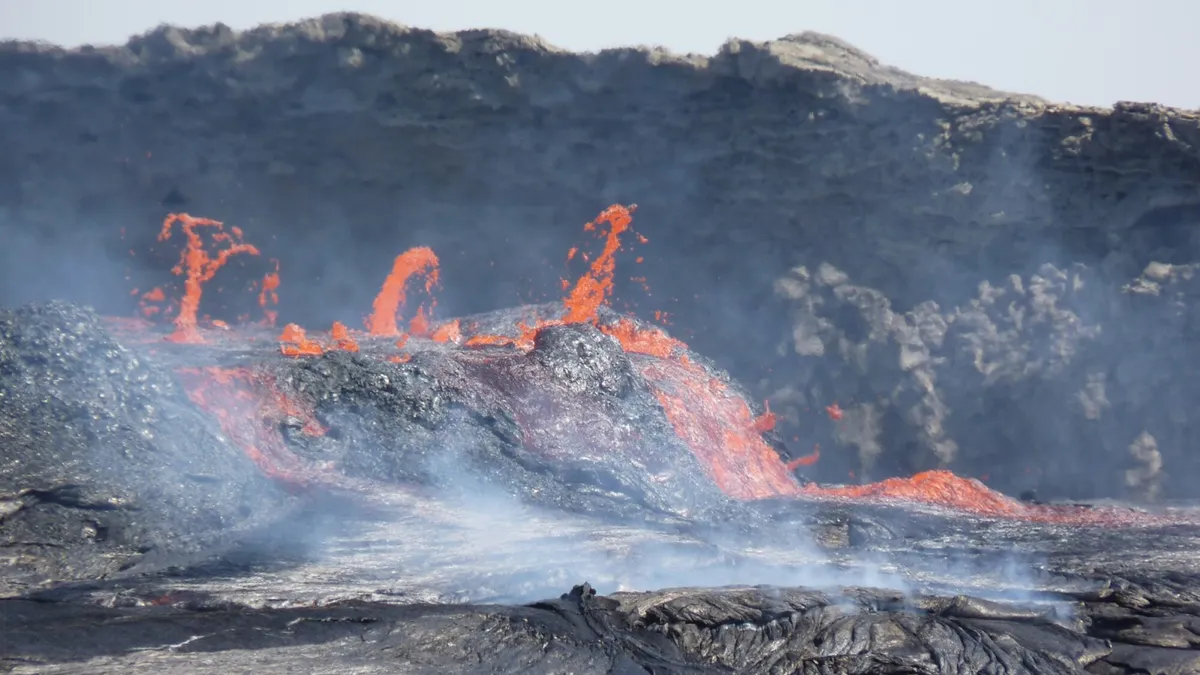
According to a groundbreaking study published on June 25 in the journal Nature Geoscience, rhythmic pulses of molten rock are rising beneath eastern Africa. This phenomenon, driven by the dynamics of plate tectonics, is gradually pulling the region apart and contributing to the formation of a new ocean near the Gulf of Aden and the Red Sea. The research highlights the intricate relationship between deep mantle upwellings and the movement of tectonic plates.
The mantle plume, located under Ethiopia's Afar region, exists at the convergence of three tectonic plates. Each rift between these plates varies in age and is undergoing changes at different rates. Some rifts are actively forming new oceans, while others are pulling apart the crust beneath Africa. However, the underlying structure and motion of the plume, as well as the forces driving these tectonic movements, remain poorly understood.
To gain insights into the crust's structure and the behavior of the mantle plume beneath it, the research team analyzed the chemical compositions of over 130 volcanic rock samples from the Afar region. This analysis provided essential information regarding the depth and composition of the melted rock located beneath the Earth's surface. Additionally, the scientists utilized computer models to predict how the region may respond to various mantle plume conditions, comparing these predictions with existing geological data.
The researchers discovered that a single mantle plume lies beneath all three rifts; however, its chemical composition is not uniform. The molten rock surges upward in a rhythmic pattern, leaving behind distinct chemical signatures. This chemical striping indicates that the plume is pulsing, akin to a heartbeat. Tom Gernon, an Earth scientist at the University of Southampton, noted that these pulses behave differently depending on the thickness of the tectonic plates above and the rate at which they are pulling apart.
In faster-spreading rifts such as the Red Sea, the pulses travel more efficiently and consistently, resembling a pulse through a narrow artery. The varying spacing between the chemical stripes in different rifts suggests that the mantle plume's response varies based on the tectonic plates situated above. In areas where the lithosphere—the upper mantle and crust—is thicker, the mantle flow is restricted, resulting in more condensed striping. Conversely, under thinner lithospheres, the stripes are more widely spaced.
The findings from this study hold significant implications for understanding surface volcanic activity. According to Derek Keir, an Earth scientist at the University of Southampton and the University of Florence, the research demonstrates that deep mantle upwellings can flow beneath the base of tectonic plates, directing volcanic activity to regions where the tectonic plate is thinnest. Future research in the Afar region may focus on investigating the rate of mantle flow beneath the various plates to gain a deeper understanding of these geological processes.